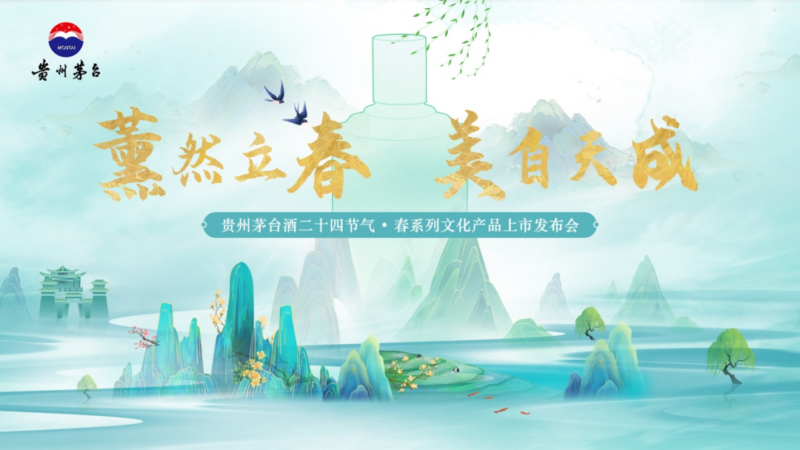Brand loyalty is a key component to long-run success in consumer markets. However, Chinese Gen Z consumer behaviour increasingly suggests this is hard to establish with them. This is especially so in e-commerce. Customer Relationship Management (CRM) can help provide a solution to that challenge, but traditional loyalty programs based on points and “Happy Birthday” messages fall well short of what is necessary to achieve that.
Online shoppers follow KOLs, not brands or platforms
During the Double 11 campaign in 2022, 66% of consumers shopped across three or more platforms – including T-Mall, JD.com, Douyin (Chinese Tiktok), Vip.com, and Dewu, according to Bain & Company. This compares to 34% in 2021. There is very little loyalty to the platforms themselves.
Chinese Gen Z consumer behaviour increasingly suggests this is hard to establish a brand loyalty them.
Likewise, the tendency to be loyal to individual brands appears to be eroding also. There are examples and anecdotes plenty in the industry at the moment that will surely come through in the research shortly. One story of a well-known, high-performing outdoor brand losing 100% of its business on a particular online live-streaming studio when the KOL associated with that brand migrated to another studio and started pushing another outdoor brand is indicative of this trend.
Whilst the days of superstar KOL live-streamers dominating the market seem largely behind us since the governmental regulation, KOLs are still plentiful and pivotal. They establish loyal followers who tune into them and purchase whatever they are promoting at that time. This too seems to be a trend: consumers waiting to be “seeded” by the KOL rather than having a deliberate shopping list.
How do we, as brand owners and operators, navigate this landscape of shifting sands in terms of consumer shopping behaviours?
This too seems to be a trend: consumers waiting to be “seeded” by the KOL rather than having a deliberate shopping list.
Building a deeper connection with your consumers
E-commerce platforms certainly seem to be viewing CRM as at least part of the solution. T-Mall’s “88 VIP” program has in excess of 25 million members & the benefits offered are multi-faceted: coupons, priority delivery, and membership of other Alibaba programs all features. 50% of the GMV on T-Mall for Double 11 came from members. For JD.com the same figure is 43% for members of their program “JD Plus”. Clearly, these industry titans are taking CRM very seriously.
For brands themselves, the dilemma is acute. Fully one-third of Chinese Gen Z consumers claim they have no brand loyalty as such. 86% say they will choose to buy from the brand that offers superior CRM benefits when comparing similar products across multiple brands.
CRM, however, is a simple term that is not so simple to implement successfully. Brands must have a compelling proposition based on deep insight into their consumers which, in turn, must be rooted in data.
Loyalty is built on 4 pillars:
- Financial bonds: value-based benefits that are worth having.
- Structural bonds: a relationship that makes it easier to keep buying from the brand. Nike+ Run Club mobile app is a perfect example of this. It is designed to structurally bond to consumers’ fitness routines. Providing tools such as GPS run tracking; audio-guided runs; weekly, monthly, and custom distance challenges; customised coaching plans for your goals; and non-stop motivation from your friends.
To meaningfully cut through all of this noise brands should also invest in CRM but must do so holistically across the four pillars.
- Social bonds: the ability to create and share across platforms content that enhances social status/presence
- Emotional bonds: perhaps the trickiest of all – creating a relationship based on shared values and, thereby, a robust affinity with the brand. Adidas and Parley’s Run for the Oceans is a global movement – for every 10 minutes of running recorded via the Adidas running community, Parley will clean up the equivalent weight of one plastic bottle from beaches, remote islands, and coastlines before it reaches the ocean. This strong purpose-led program keeps consumers coming back – it has united over 8.2 million runners worldwide, running a combined total of more than 81.7 million km since 2017.
Going beyond the consumer and working with the right KOLs
There is a similar relationship that needs to be built with KOLs. It is far better to establish relationships with KOLs who have a genuine passion for the brand they are promoting. KOLs typically work on short-term contracts (3-6 months is the new norm) so locking them in financially and emotionally will help keep them on board.
Overall, consumer loyalty is difficult to establish and even more difficult to maintain in the current environment. The e-commerce platforms recognize this and are investing heavily to build loyalty to their platforms. KOLs are also commanding consumer loyalties. To meaningfully cut through all of this noise brands should also invest in CRM but must do so holistically across the four pillars: financial, structural, social & emotional. Without all four pillars, the program will be on unsound foundations and will, ultimately, fail.
Additional research by Gary Liu









